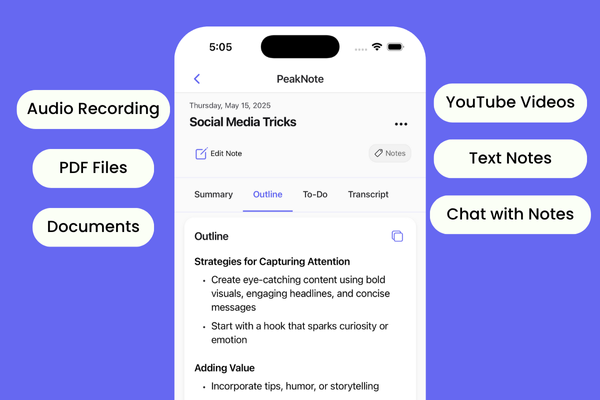In the ever-evolving world of web development, understanding how JavaScript handles tasks is crucial. Two concepts often pop up: synchronous and asynchronous programming.
Let's dive into these terms, breaking them down into simple, easy-to-understand language.
What is Synchronous Code?
Imagine you're in a queue at a coffee shop. Each person orders, waits for their coffee, and then the next person orders. This is how synchronous code operates.
It's a straight line of commands, with each line of code waiting its turn. It's the old-school way of programming, where tasks are completed one after another, in a specific order.
Pros and Cons of Synchronous Code:
Pros: It's straightforward and easy to read. You can predict what happens next, making it easier to debug. It’s like reading a book from start to finish without skipping any pages.
Cons: It can slow things down. If one task takes too long, everything else waits. This can be problematic in web applications where you don't want your website to freeze just because it’s waiting for a file to download or an image to upload.
What is Asynchronous Code?
Back to our coffee shop analogy, imagine now you order your coffee, and while it's being made, you sit down, check your emails, or chat with a friend. You're not waiting idly. This is asynchronous programming.
In JavaScript, it allows tasks to run in the background and notifies you when they're done, all while letting you get on with other tasks.
Pros and Cons of Asynchronous Code
Pros: It’s efficient. You can perform multiple tasks without one holding up the other. It's like being a kitchen pro, cooking different dishes simultaneously, ensuring everything is ready at the same time.
Cons: It can be complex. Handling asynchronous code requires understanding promises, callbacks, or async/await. It's like juggling; you need to keep track of what's happening and when.
Real-Life Examples
Synchronous Example:
You're reading a book (a function in our code) and you won’t move until you finish the chapter. Here’s how it looks in code:
const chapter = readChapter();
console.log(chapter);
console.log('Ready for the next chapter');
Asynchronous Example:
You’ve put your laundry in the washing machine (an asynchronous task). While it’s running, you’re cooking or watching TV. When the laundry’s done, a buzzer sounds.
Here’s a code example using fetch, a common way to handle network requests:
fetch('https://api.example.com/data')
.then(response => response.json())
.then(data => console.log(data))
.catch(error => console.error(error));
console.log('Carry on with other tasks');
When to Use Which?
Synchronous:
Use it for quick, straightforward tasks. It's like picking a fast-food restaurant when you’re in a hurry. You don't need complexity; you need something done now and done right.
Asynchronous:
Ideal for tasks that take time, like data fetching, file uploading, or setting timers. It's like opting for a slow-cooked meal; it takes time, but you can do other things while it’s cooking.
Handling Asynchronous Code: Promises, Callbacks, and Async/Await
Promises: They're like rain checks. A promise says, "I might not have your data now, but I promise to get it to you." It has three states: pending, resolved, or rejected.
Callbacks: These are functions called when your asynchronous task is done. It’s like calling your friend once you’re free to go out.
Async/Await: A newer, cleaner way to handle asynchronous operations. You mark a function as async, and you can then use await within it to wait for a promise to resolve.
It’s like having a personal assistant who handles your appointments and tells you when you’re free to move to the next task.
Conclusion
In the world of JavaScript, understanding synchronous and asynchronous code is like learning to drive both an automatic and a manual car. Each has its place and purpose. The key is to know when to use which.
Synchronous code is straightforward and great for quick, simple tasks, while asynchronous code, though more complex, is powerful for handling tasks that take time.
By mastering both, you become a versatile developer, ready to tackle a wide array of challenges in the web development world.

